- Intro
- What is a photorealistic rendering?
- Examples of the use of photorealistic rendering by famous brands
- How to create photorealistic renderings?
- What’s the difference between photorealistic and non-photorealistic rendering?
- Advantages of photorealistic rendering
- A complete view of the project
- Timely submission of corrections
- Accelerating decision making
- The ability to choose from several design options
- Reliability and confidence in the result
- Types of photorealistic rendering services
- Who are photorealistic renderings for?
- 7 tips on how to distinguish render from a photo
- Which software is best for realistic rendering?
- Conclusion
Intro
3D visualization has quickly become a part of our everyday life. We see it in advertising, brand websites, social networks, and product packaging. It is often difficult to determine what we are looking at: a photorealistic render or a photo. The essence of high-end photorealistic rendering is not just about reproducing images. It can tell a story, create a connection with the viewer and inspire. Visual presentation of information to the client is a great way of effective sales in our time. The thing is that the brain processes data through visual perception hundreds of times faster than verbal communication. You can tell a client or investor about the advantages of your design solutions for a long time. However, it will hardly be more convincing than a photo-realistic representation of your project. Photorealistic rendering is the best way to convey your ideas to the customer. Let’s take a deeper look at what photorealistic rendering is, how it works and what are the best advantages of this service. Here you will also find some tips from our experienced team on how to distinguish renders from photos.
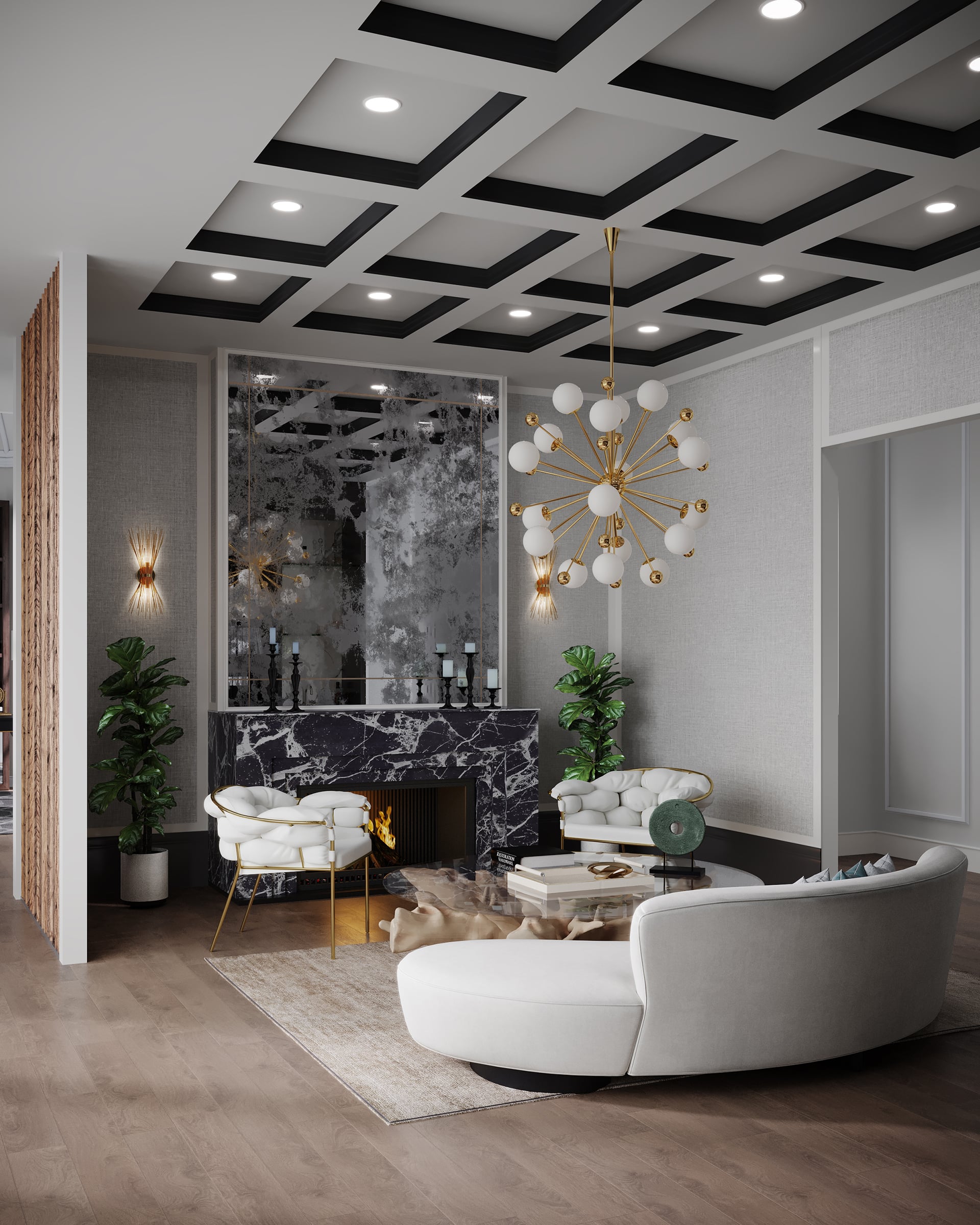

What is a photorealistic rendering?
Photorealistic rendering is the process of creating a digital 3D image that is hard to cut off from a real photo by correctly setting the light, adding shadows, camera positioning, and focusing on details. Even experienced experts can sometimes find it difficult to distinguish a high-quality photorealistic rendering from a good photograph. Achieving the maximum realistic imitation in visualization occurs with the help of a specialized software package and the use of special rendering techniques. Photorealistic rendering aims to depict an object as it would appear in its natural environment. This includes reproducing how light falls on an object, how it interacts with surfaces and other objects, and how the texture of an object changes from one part to another.
Photo-realistic renderings are popular in most fields of activity and especially serve as an excellent marketing tool for promoting all kinds of products and presenting various design concepts. Examples of the use of photo-realistic rendering can often be found in architecture and interior design, real estate marketing, furniture catalogs, prototyping, and product design. With this service you can show what the project will look like before it is completed; create an emotional connection between the client and the property even before construction begins; demonstrate furniture and interior items in a real environment without the need to physically set them up, and much more.
Getting high-quality photos can be a long and quite costly process. Photorealistic render companies and specialists offer everything you need to create what you want in multiple versions, at an affordable price, and in a matter of days. Photorealistic rendering does not require any real conditions to create attractive images. Whether you want to see the exterior of the house in daytime or evening lighting, show your product in a section or from all possible angles, or even zoom in/out every detail of the interior – all this can be done digitally.
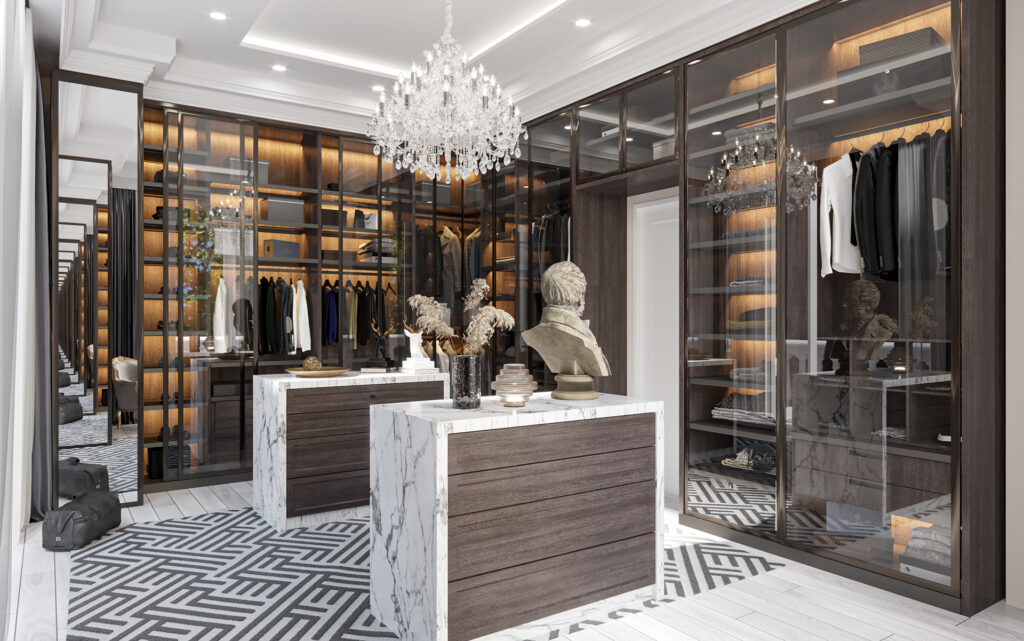
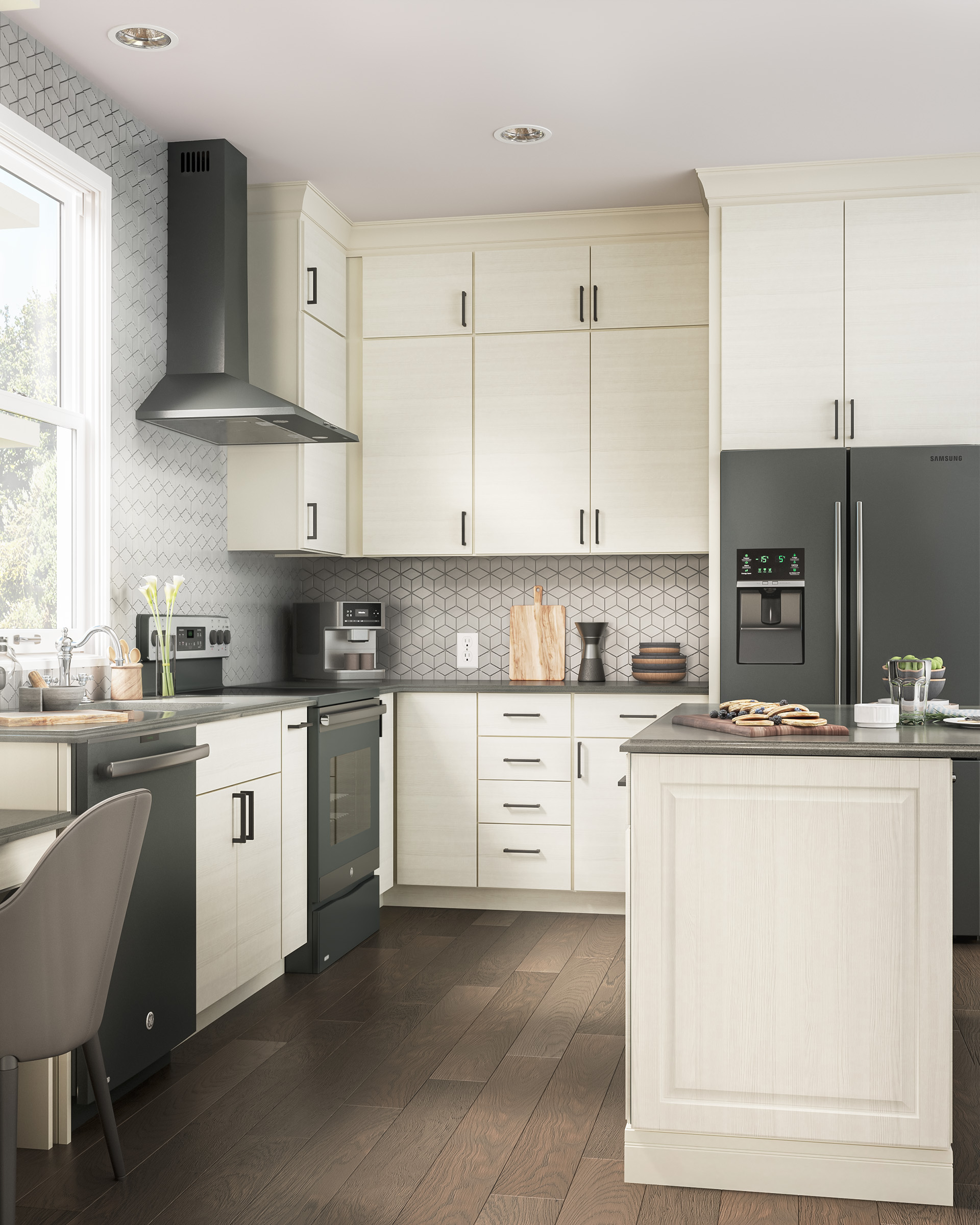
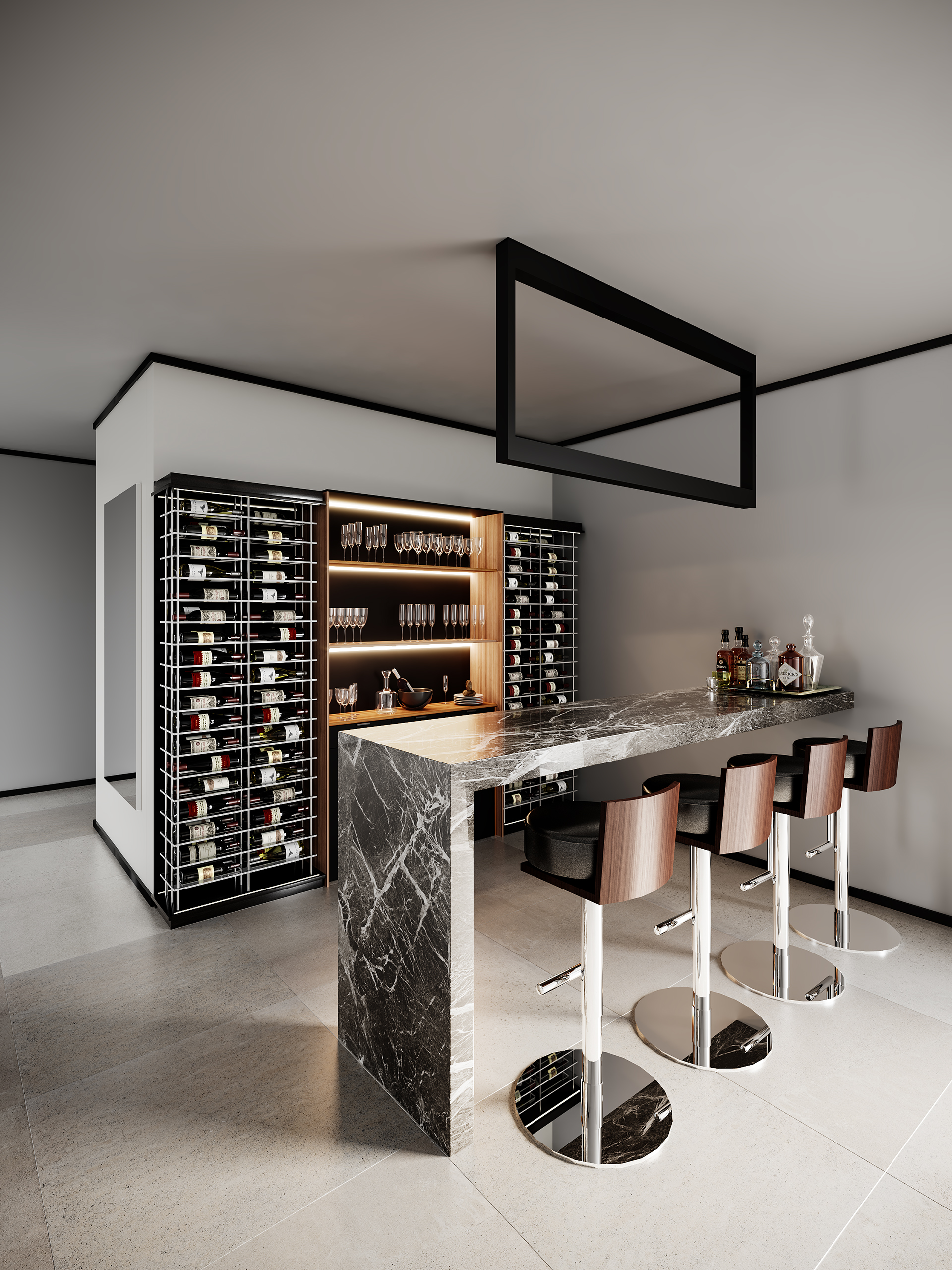
Examples of the use of photorealistic rendering by famous brands
If you’re interested in 3D visualization in general, you might have heard that a well-known Swedish furniture brand IKEA uses realistic renders for its products, showcasing them in the catalog. IKEA even has its own online augmented reality tool to visualize its products in a finished interior! Read more about this in our article on Virtual staging apps.
Still, not only IKEA that resorts to photorealistic rendering techniques. On the websites of popular e-commerce brands Wayfair and Otto, you can also find a lot of high-quality images of products visualized in 3D. Wayfair conducted thorough market testing to find out what makes customers trust suppliers enough to buy goods. As a result, the company found that such factors are the professional and attractive appearance of the product and the feeling that customers get when inspecting it before making a purchase. Like IKEA back in the day, Otto is now considering creating an augmented reality application and embedding it into the website. Such interactive photo-realistic renderings will allow customers to better examine the product, understand how it will fit into the existing atmosphere, and “personally visit” the store without leaving home.
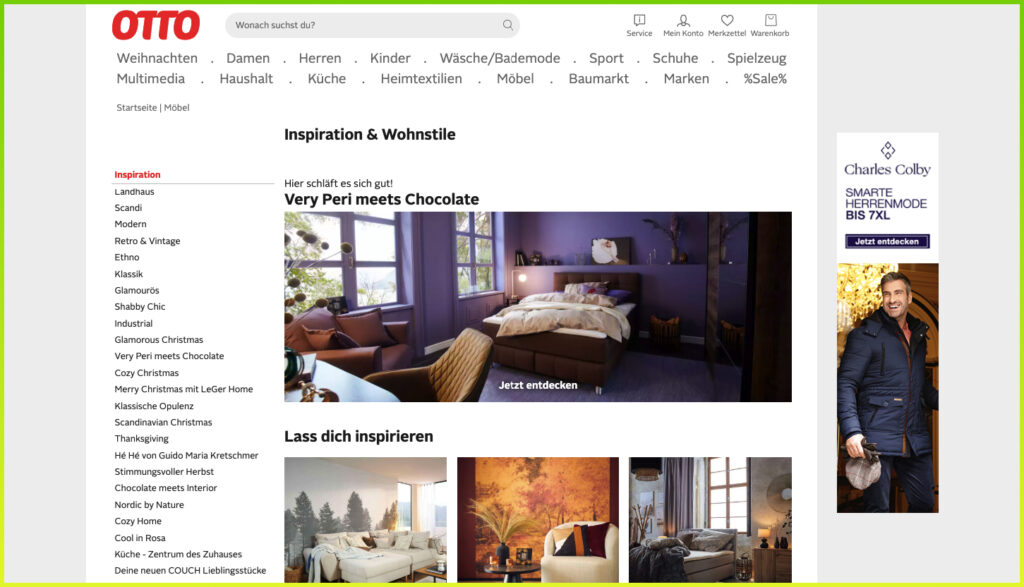

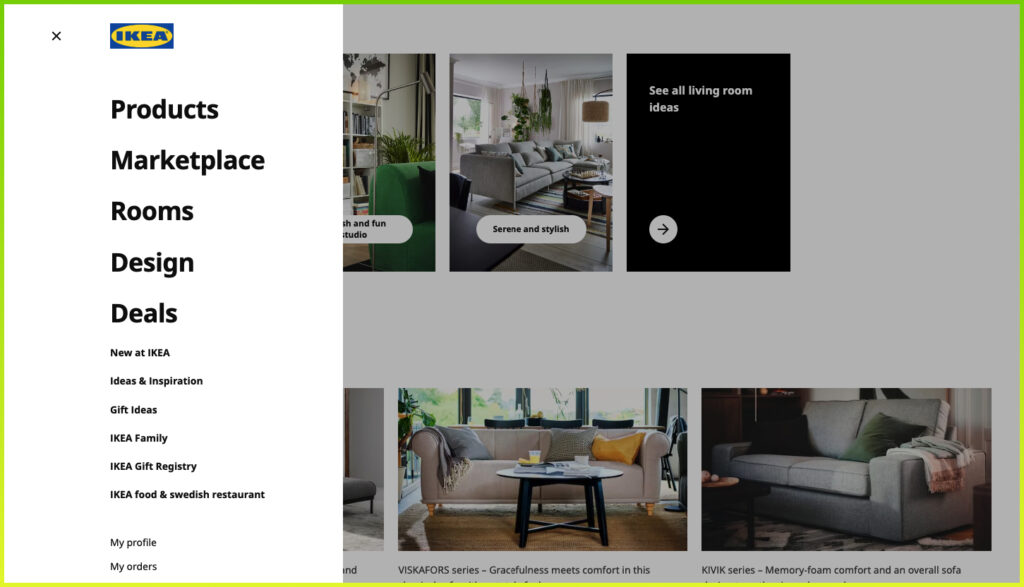
In 3D rendering, photorealism is without a doubt one of the most important goals. However, if you are new to it, such a professional effect can be extremely difficult to achieve. With good workflow methods and modern, advanced tools, it has become much easier to get that necessary photorealism that everyone is striving for. Our 3D artists explained how to create high-quality, high-end photorealistic images and gave you some tips that may be useful to you.
How to create photorealistic renderings?
We begin working on each project by collecting the necessary, detailed information about the modeling object. Depending on the type of project it can be ready-made photo and video materials, references, sketches, drawings, expectations, and notes of the client. This information allows us to accurately reproduce the customer’s idea and increase the level of detail.
At the initial stage of work, a three-dimensional geometric model of the object is modeled without taking into its account the physical properties. The dimensions are calculated and the shapes of the object are built. The techniques of rotation, extrusion, extension, and polygonal modeling are used.
There are many programs for building an excellent 3D model. In Applet3D we use the best and most popular programs for 3D modeling such as 3ds Max, Blender, Sketchup, and Revit. For this purpose, software such as AutoCAD, ArchiCAD, or Vectorworks is also suitable. Read more about 3D modeling software in our other article.
At this stage, high-quality textures with high resolution and realistic materials are added to the 3D model. These can be PBR (Physically Based Rendering) materials created by our team or taken from paid or free libraries of materials.
Here it is worth paying attention to the so-called imperfections. Working with materials, we add to them imperfections that are present in real life: dirt, humidity, reflections, glare, and so on. The level of realism of the models will depend on the correct processing of materials. Most of the finished images often do not look realistic, precisely because they are too ideal, which contradicts the rules of real life. This can be the longest stage because not all photos of materials can be found on the Internet, or they are presented in poor quality.
After creating a 3D model, we proceed to set up the lighting. This is one of the most difficult stages in the creation of 3D visualization because the set parameters will affect the perception of the model, how realistic it will be, as well as the mood and general atmosphere of the image. The light tone, brightness level, sharpness, temperature, and shadow depth are set. In addition, at this stage it is necessary to choose the points of observation of the object and make the placement of cameras, that is, decide what angles we will show the viewer. This helps to focus on the object in the best way, show its most advantageous sides and features, as well as to give the right sense of scale.
The client’s vision is also important here – in what lighting he wants to get the final image. Sometimes it can be two identical renders in day and evening/night lighting. In such cases, we use either a basic lighting setup (sun and sky for direct and global lighting) or HDRI lighting to create a certain mood (cloudy, snowy, rainy, etc.). For example, if you are showing an architectural object from the backyard, you can set the atmosphere of a sunset to help customers imagine themselves there.For a professional and high-quality lighting setup, you need to choose the right rendering engine. Our team of specialists chooses Corona Renderer or V-Ray for 3ds Max.
At the last stage, a more detailed set of 3D model display parameters takes place: graphic special effects (glare, fog, glow, etc.) are added. If animation is created, its exact parameters are set (number of frames per second, resolution of the final video) are set. It is also necessary to set a high image resolution and its format (JPEG, TIFF, or RAW).Learn more about How is 3D rendering made.

When all these stages are completed, you can add effects in special editors. For this purpose, the most commonly used software from Adobe, such as Photoshop, Premier, After Effects, Sony Vegas, etc. This process is called post-production when there is ready material that can be improved using various tools. At this stage, the artists make the last adjustments proposed by the client to the image (for example, the background, people are added or edited, saturation, hue, and contrast are adjusted.
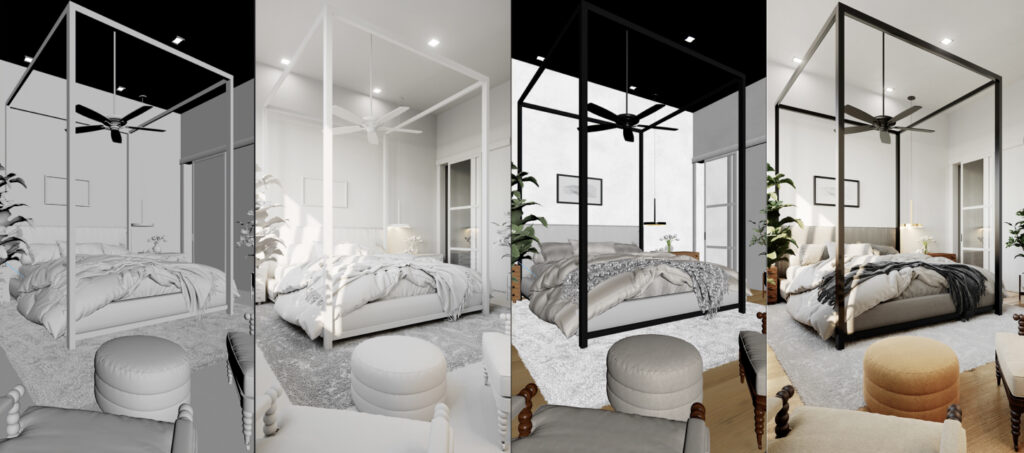
What’s the difference between photorealistic and non-photorealistic rendering?
Having dealt with the concept of photorealistic rendering, now it is also necessary to clarify what non-photorealistic rendering is and what is their main difference.
As already mentioned, developing images from 3D models that end up looking real and life-like is called photorealistic rendering. Photorealistic rendering uses pixel images to create realistic models or renderings.
Non-photorealistic visualization, in turn, is not related to realism, it focuses on a certain style or function. Non-photorealistic rendering uses line art, shading, outlines, distortions, and other methods. Non-photorealistic rendering is in demand in the games, cartoon, and comic book industries, and for technical illustration. An example of the modern use of this method is shaded animation.
So, the main difference between photorealistic and non-photorealistic rendering is the use of different methods and techniques of image modeling and editing.
It is worth noting, that you should also differentiate between photoreal rendering and the process of rendering a photo. While one means the creation of digital life-like images, photo rendering is one part of the photo editing process that involves converting image data into a format suitable for viewing.
Advantages of photorealistic rendering
A complete view of the project
If an architect or designer presents his project with drawings, it can be difficult for the client to understand his ideas. This is because it is almost impossible for someone without an architectural education to get a realistic idea of design from black-and-white diagrams. Sketches and mood boards also do not give a complete view, showing the project schematically and by individual elements.
With photorealistic visualization, everything is much easier. Photorealistic architectural rendering has become one of the most sought-after technologies in the design industry in recent years. It allows creating and “photographing” from different angles a three-dimensional model of the building or interior, which as yet exists only as a project. In the photorealistic renders, the client sees his future apartment or house as in the photo. He can consider the new layout, materials, finishes, furniture, decor, etc. Photorealistic architectural visualization gives a complete picture of the design and helps to understand whether he likes the designer’s idea.
Timely submission of corrections
Making changes in an already completed design project is unprofitable: it always requires additional expenses. At the stage of drawings and sketches, it is also difficult – the customer may not understand what he now has and what he wants to change. Or how these changes will affect the final result. Rendering allows for solving this problem due to photorealism. Looking at the created 3D picture, the client “sinks” into the space of his future home and sees what he likes and what raises doubts. This makes it possible to immediately clearly indicate to the designer what details need to be changed. And it takes very little time to make changes to the 3D visualization. So that the client can quickly see the updated version of the design and can decide whether it suits him or not.
Realistic rendering is especially important if some interior or exterior items are made to order. It would be a shame if they do not fit into the atmosphere or the overall design. Photorealistic renderings prevent such an outcome by showing the expected result in advance.
Accelerating decision making
The client often spends a lot of time getting acquainted with drawings, sketches, and mood boards as well as trying to imagine how it all will look in real life. Without understanding the full picture, it is difficult to orientate your feelings, and it is difficult to make a final decision. This delays the start of work, sometimes for a long time.
On the photo-realistic renders, the final result is visible at a glance. Thanks to this, the decisions are made easier, and the project is approved much faster. It is enough to get such an image, make the required changes, agree on all the details, and then you can get down to work.
The ability to choose from several design options
Not always the client immediately knows what he wants. For instance, if it is an interior project, he may doubt for a long time which interior style, furniture set, tile material, etc. to choose.
Photo realistic rendering helps the customer to understand the preferences. The designer can visualize several suitable options and offer the client to select the one that he likes best. In this case, you do not have to experiment on a real object. And then, thanks to the clarity of the realistic renders, it will be much easier to decide.
Reliability and confidence in the result
Most of all, customers of design projects are afraid of being deceived by their expectations. No one wants to find themselves in a situation where the drawings and sketches presented one thing, but the realized project looks different. Fortunately, with photorealistic renders, this option is eliminated.
In the photorealistic image, the client sees in advance what will happen after the project is brought to life, and therefore is confident in the result. When the work is done, he can only enjoy a beautiful and comfortable dwelling, and not worry that something does not look the way he wanted, or even spend money on alterations.
Types of photorealistic rendering services
Applet3D is ready to help you with your project of any type or complexity. Our company offers a variety of photorealistic rendering services, and our professional experience allows us to guarantee the satisfaction of all customer needs, including on-time delivery and high-quality project execution. Our large team of specialists has been creating stunning images and animations for many years. Get a high-quality photorealistic visualization of your project in a format convenient for you and use it on various platforms to promote and succeed your brand! Applet3D will help you turn your idea into reality.
Who are photorealistic renderings for?
Due to its efficiency and affordability, photorealistic rendering is popular in many areas. Experts of different fields and levels find their advantages in using this service.
Architecture. Of course, photorealistic rendering is an integral part of the development of any architectural project. It provides many benefits, helping them to demonstrate the proposed projects to clients, sell their services, and participate in and win various competitions. With photorealistic renders, they get an attractive and impressive portfolio that helps them attract new clients and investors, demonstrate their potential or the potential of their company, and outperform competitors. Architecture photorealistic rendering, whether it is an image or a video, has an emotional impact on viewers, allowing them to connect with the construction object, feel the atmosphere, and helps to understand the architect’s intention.
Photorealistic architectural renderings also serve as an excellent tool for builders and engineers who use them to accurately reproduce the project. Such images fully convey all the features of the building, as well as help to understand its actual size and structure.
It is worth also highlighting landscape architects and designers who use photorealistic renderings to develop their projects. They allow you to present the project of the future landscape, whether it is a new site or the installation of a swimming pool, or plans for a new garden. Photorealistic rendering service allows landscape architects to work with clients by showing a particular image and quickly making the necessary changes. Learn more about Landscaping rendering.
Interior design. Photo realistic rendering allows designers to present several design options with different colors and styles, various materials or textures, or even in different lighting. Realistic renders allow you to see every object and detail of the future interior.
Professional companies even offer photorealistic 360 visualizations and animations, where you can view the interior of the room from any angle and fully feel the atmosphere of the house, imagine yourself in it. Now designers can easily involve clients in the design process, taking into account feedback and making decisions instantly.
Such photo realistic renders will be very useful both for creating the interior design of a brand new house or one that is still under construction, and if you are planning a redevelopment. Interested in Interior design rendering? Follow the link and find out some interesting facts about it.
Real estate marketing. Photorealistic rendering is one of the best ways to improve your real estate marketing strategy. Real estate agents can use this type of visualization in social media, blog posts, and on their websites to attract potential clients, build a stronger connection with them, increase brand reputation and credibility, and increase sales. For realtors, it is also a great opportunity to test the real estate market before starting construction, which can encourage them to make appropriate decisions to fully meet the needs of buyers. Learn more about rendering in the Real estate industry.
Promotion and product development. A photorealistic visualization is a valuable tool for product development and promotion. At the design and production stage, such images serve as a valuable reference for further prototyping and testing of the product. They are also indispensable in its promotion on the market: we can see them in advertisements, magazines, and billboards. Attractive, realistic rendering has an emotional impact on customers; it can convince anyone to buy or invest in your development. You can present it in the most favorable light, at the perfect angle, or against a beautiful background. Making such photos in real life could be very expensive or require a lot of time and effort. Read more about it in our blog post “What is product rendering?”.
As in the case of real estate, photorealistic rendering also allows developers and marketers to test the market and analyze the needs of the target audience, determine whether the product will be successful in the market and what needs to be changed or improved before launching.
Films and games. We often wonder how the picture of some other planet in the movies looks so realistic and stunning. All this is created with the help of professional computer graphics.
For various game materials, artists also create realistic renders of props, people, non-human characters, various creatures, and even the game environment. Realism is becoming more and more in demand with the rapid development of the gaming industry.
7 tips on how to distinguish render from a photo
The first thing that can give out a low-quality render is non-compliance with the actual sizes of objects on a scale. For example, the chairs in the 3D image of the living room may look unnaturally small compared to the coffee table. Such a discrepancy immediately gives away the CGI image.
The next mistake that will allow you to distinguish the render from the photo is 3D objects with an insufficient number of polygons. If you see that the objects in the picture have an uneven surface and visible extra edges, it means that low-poly models were used. They should be used in projects where real-time visualization is required, such as games, VR, and AR applications. For CGI photorealistic rendering high-polygonal 3D models are used. They consist of a lot of polygons – small facets that together form a smooth surface.
In addition to the shape of objects, it is important to pay attention to their textures. In a high-quality photorealistic render, any texture, whether it is the sofa upholstery or a parquet, should match the shape of the object. For example, the fabric or leather on soft sofa cushions will look convex, as in real life. And the direction and size of the pattern on the wood panels will match the actual material. If the texture is applied incorrectly, mistakes will become very noticeable. Even those who do not know what CGI is will suspect something. You can also distinguish a render from a photo by the quality of the textures. Any texture is a 2D image, that is superimposed on a 3D model. To make it look photorealistic, the textures should be high resolution. Otherwise, it will be immediately obvious that it’s not the real material, but an imitation.
3D modeling and rendering programs allow you to create perfectly shaped objects. But perfect doesn’t mean realistic. For example, if you model a table with an ordinary rectangular top using 3ds Max primitives, you get an object with too sharp corners. To make the renders photorealistic, professional 3D artists smooth out the corners of objects giving them the most natural look. And excessively sharp corners of objects in a CG image quickly indicate that you do have not the best quality render in front of you.
Speaking about how to distinguish a render from a photo, one cannot fail to mention the correct setting of the camera. 3D rendering software allows you to capture a 3D scene at any desired angle. But if you set the focal length incorrectly, the objects turn out to be distorted – unnaturally stretched or deformed. This will immediately give out low-quality CGI.
Working on photo-realistic rendering, the CG artist controls all the lighting settings. This includes the intensity and location of light sources, the depth of shadows, the brightness of highlights, reflections in mirror surfaces, etc. If you set at least one of these parameters incorrectly, it will not be difficult to distinguish a 3D render from a photo. A CGI image will give out the wrong location of the shadow, too bright a glare, or incorrect reflection in the mirror.
Excessive perfection makes it easy to distinguish a realistic render from a photo. Chairs standing the same distance apart, sofa cushions with identical folds, and stacks of magazines laid out with mathematical precision, all destroy photorealism. After all, real life doesn’t look so perfect in a photo. But when each element is unique in its way, then the picture looks like a living one.
Which software is best for realistic rendering?
Most modeling and rendering programs have a wide range of applications and work in the complex. For high-quality photorealistic rendering, you need to master a set of programs at once, because most of them have a specific purpose (for example, working with drawings, 3D modeling, and visualization) and have extensive import and export capabilities. For example, one of the most famous and best programs for 3D rendering is 3ds Max, where you can develop an excellent 3D model and a full-fledged image, but to achieve maximum photorealism, you will need to turn to related rendering engines such as V-Ray or Corona Renderer (for example, to adjust the lighting), and complete the process in Photoshop (so-called post-production). In addition to this photorealistic rendering software, the professionals of our company also use FStorm, Blender, and Revit.
Photorealistic rendering software usually consists of two types: intuitive drag-and-drop software, and sophisticated CAD-based platforms. Some of these programs are CPU-based and some are GPU-based. Each of them has its features that you need to know about to find the best option for yourself. Learn more about these and other Software for 3D rendering. Check out also our Portfolio to see real results.
Conclusion
Photorealistic rendering has revolutionized approaches to product design, marketing, interior and exterior design. Until recently, the most common marketing methods were real photos and videos of the product or real estate. However, this technology has opened new possibilities.
In this article, we helped you to understand what is photorealistic rendering, what are its main advantages, what is the process of creation and what programs are best used for photorealistic renderings. We also interviewed professionals of our company who helped us to create top tips on how to distinguish renders from photos. You will also find them above in this article.


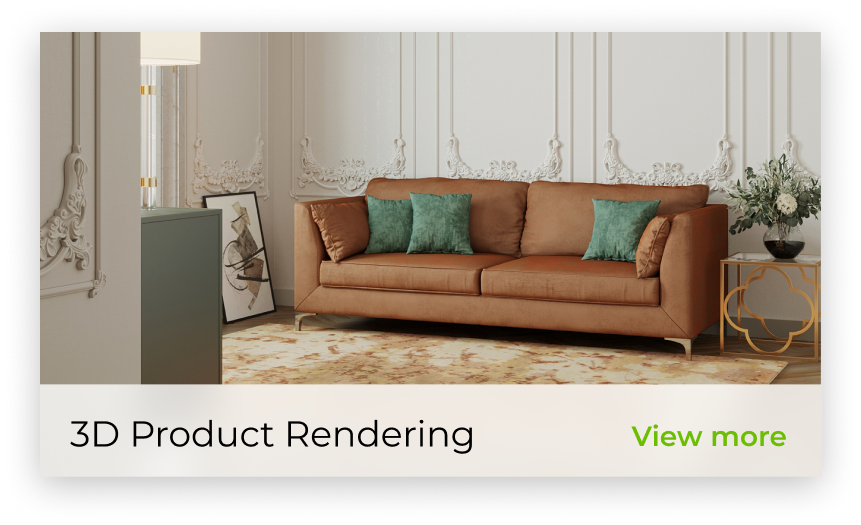


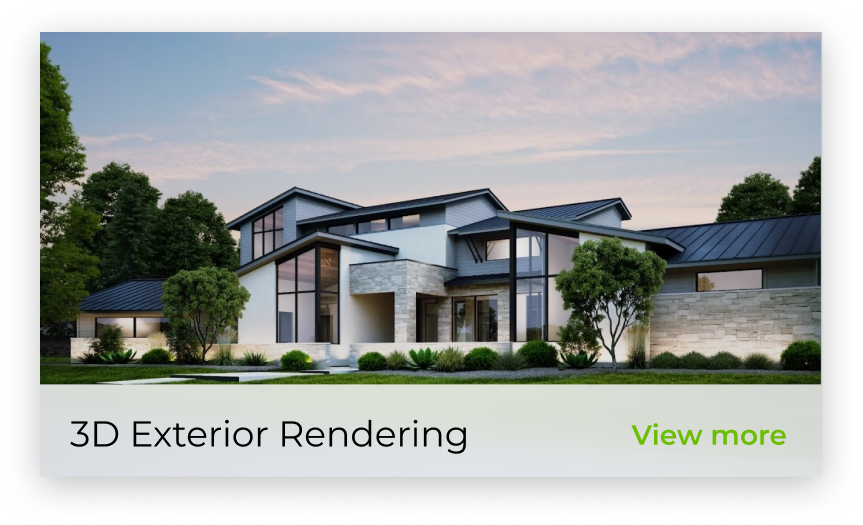
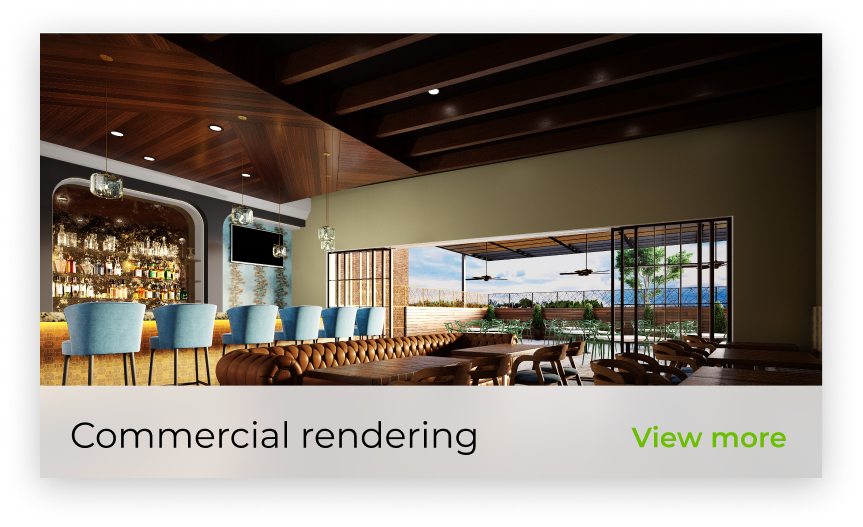
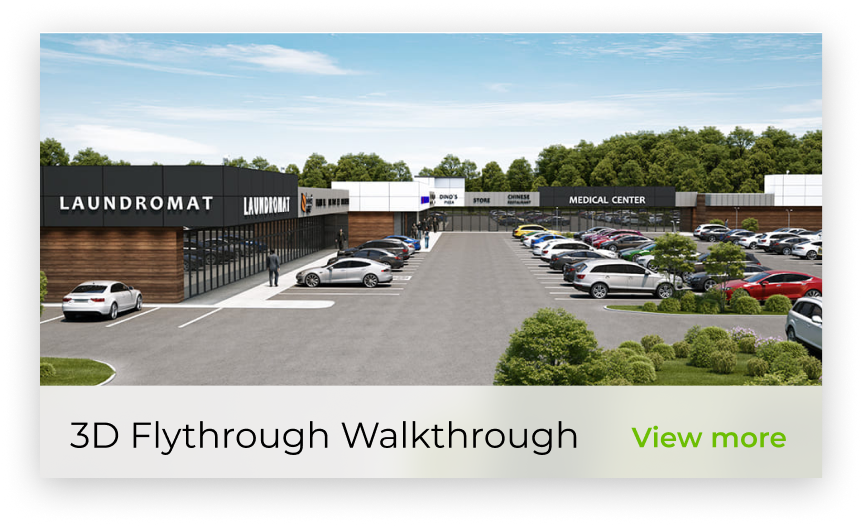
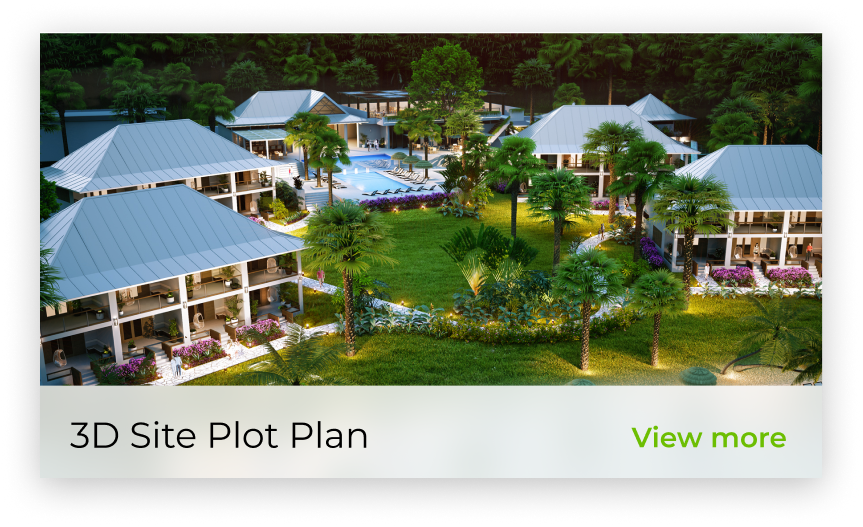








Merely a smiling visitor here to share the love (:, btw outstanding style.
Thank you! Did you like the article?